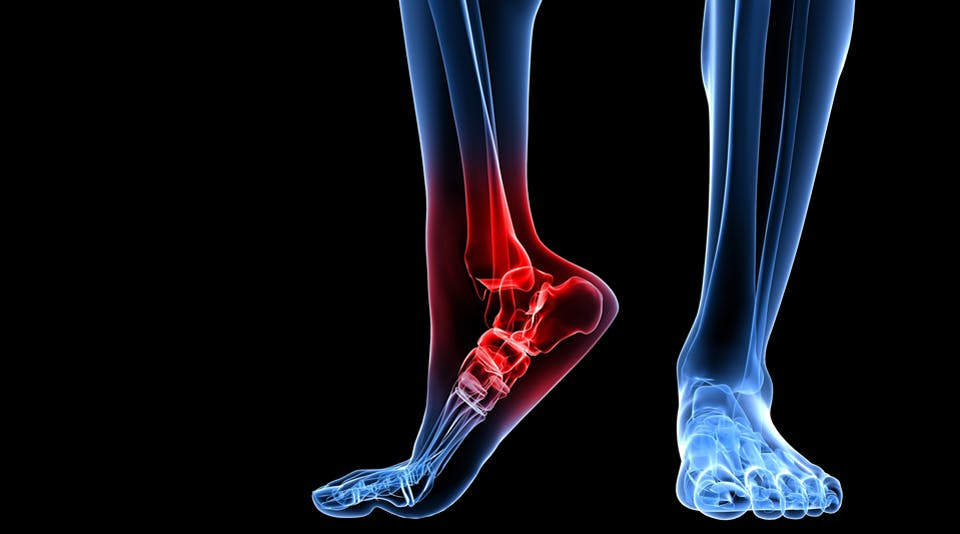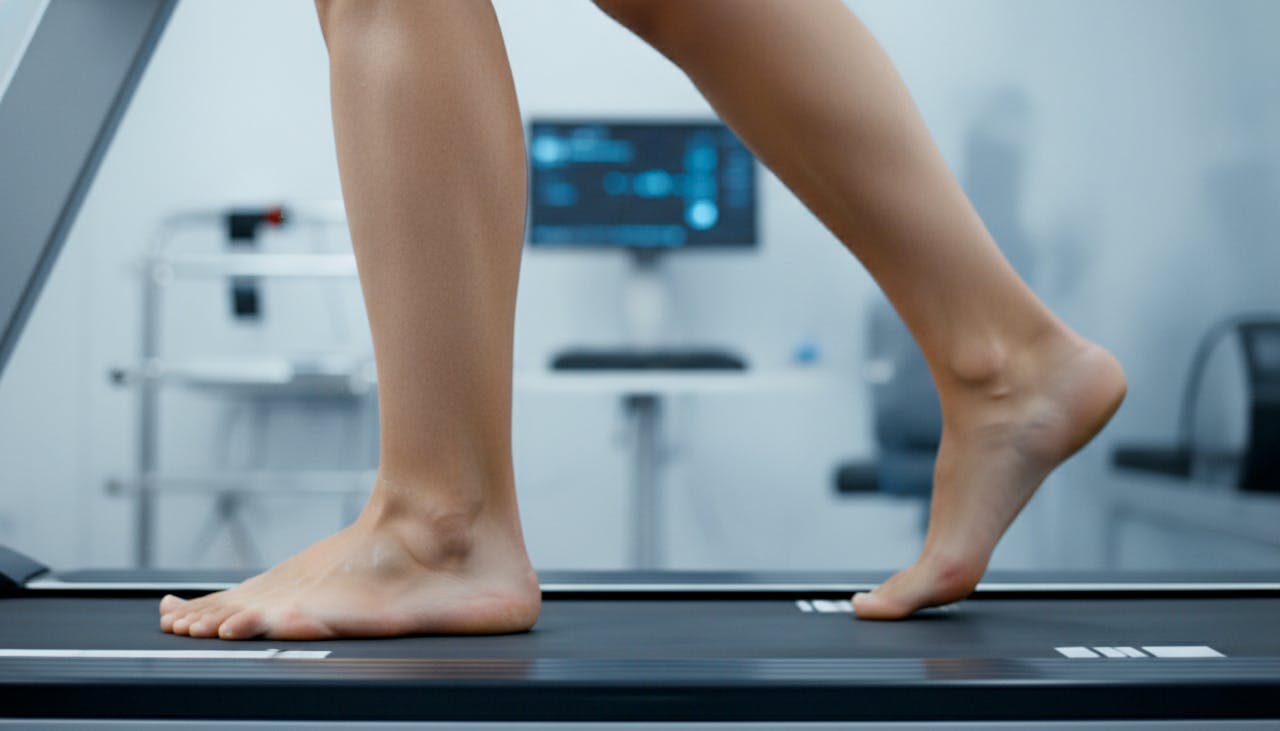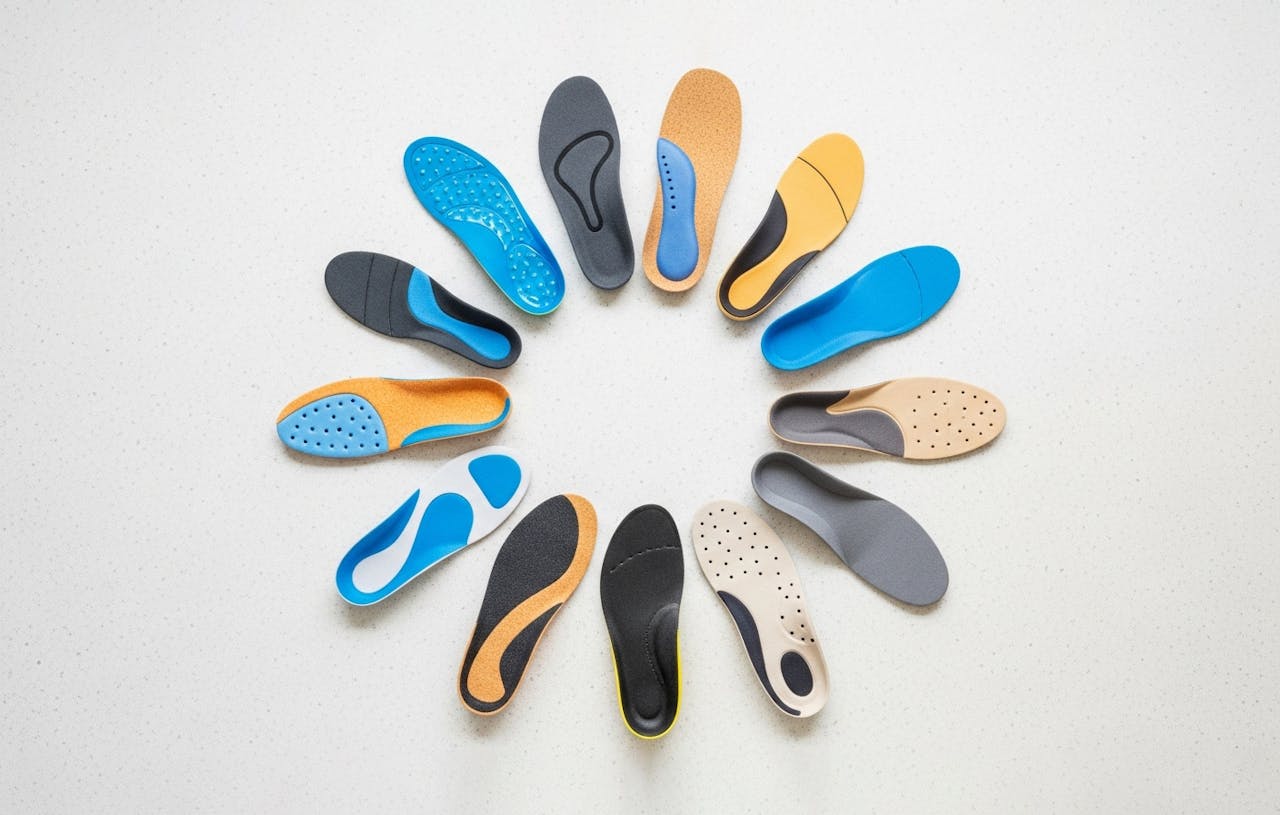
Tendonitis
Tendonitis is a common overuse injury characterised by inflammation, irritation, and pain in the thick cords that attach muscle to bone, frequently affecting the Achilles, ankle, or top of the foot.
Overview
What is it?
A tendon is a tough, fibrous cord that connects muscle to bone, allowing your joints to move when muscles contract. Tendonitis (also spelt tendinitis) occurs when one of these tendons becomes inflamed or irritated, usually because it has been overloaded beyond its current capacity. While "tendonitis" strictly implies acute inflammation, chronic long-term tendon issues are often better described as "tendinopathy," where the tendon structure itself begins to degenerate.
How common is it?
It is exceptionally common, particularly in active individuals. In the foot and ankle, the most frequently affected areas we see are the Achilles tendon (back of the heel), the posterior tibial tendon (inside of the ankle/arch), and the peroneal tendons (outside of the ankle).

Symptoms & Causes
What are the symptoms?
The primary symptom is pain directly over the affected tendon. You may also notice swelling, mild heat, and redness.
"Warm-up" Phenomenon: Much like plantar fasciitis, tendon pain is often worse when you first start moving after resting (e.g., getting out of bed), eases off as you "warm up" during walking or light activity, but returns with a vengeance after prolonged use.
What does it feel like?
It usually starts as a dull ache or stiffness. If ignored, it can become a sharp, burning pain that makes walking difficult. You might also feel or hear a "crunchy" or creaking sensation (crepitus) when moving the affected joint, caused by the thickened tendon sliding through its surrounding sheath.
What causes it?
The vast majority of cases are caused by repetitive overload—doing too much, too soon.
- Biomechanical Faults: This is a key area for Foot Factor. If your foot rolls in excessively (overpronation), it might overstretch the posterior tibial tendon with every step. If you have high, rigid arches, you might strain the peroneal tendons on the outside of the ankle.
- Training Errors: Suddenly increasing running distance, hill training, or changing usual playing surfaces.
- Footwear: Shoes that are too old, lack support, or rub against the tendon.
Some health conditions can include:
- Inflammatory Conditions: Rheumatoid arthritis or gout can sometimes manifest as tendonitis.
- Ageing: As we age, our tendons naturally become less flexible and more prone to injury.

How is it Diagnosed?
At Foot Factor, we not only diagnose which tendon is injured but also why it became injured in the first place.
What tests are used to diagnose it?
- Physical Examination: We will palpate (feel) the tendon to locate the exact point of maximal tenderness and may ask you to perform specific movements against resistance to reproduce the pain.
- Gait Analysis: We meticulously observe your walking or running mechanics to identify if poor foot alignment is placing unsustainable loads on specific tendons.
- Ultrasound Scan: If the diagnosis is unclear or we suspect a tear, we may refer you for a diagnostic ultrasound, which is excellent for visualising soft tissue like tendons.
Foot Factor provides Expert Podiatry Treatment Tailored to You.
At Foot Factor, our podiatrists specialise in diagnosing and treating foot pain with precision and expertise. With advanced gait analysis, bespoke orthotics, and sports-focused podiatry care, we don’t just identify the problem—we provide a targeted solution to get you back to moving pain-free. Book a consultation today and take the first step toward lasting relief.

How is it Treated?
Treating tendonitis requires a balance: you must offload the tendon to let it settle, but eventually, you must reload it correctly to make it strong again.
- Acute Phase (Calming it down):
- RICE: Rest, Ice, Compression, and Elevation are vital in the first few days of an acute flare-up.
- Offloading Orthotics: We can prescribe custom orthotics or temporary wedges that physically reduce the distance the tendon has to stretch. For example, a heel lift can temporarily take significant strain off an angry Achilles tendon.
- Rehabilitation Phase (Building it up):
- Eccentric Loading Exercises: Once the initial pain subsides, tendons must be strengthened. We often use "eccentric" exercises (lengthening the muscle under load) which are clinically proven to stimulate tendon repair.
- Advanced Therapies: For chronic, stubborn cases (tendinopathy), we may recommend Shockwave Therapy to jump-start the body's natural healing process in the degenerate tissue.
Our Bespoke Orthotics give you the Right Support for Long-Term Relief.
At Foot Factor, our podiatrists specialise in diagnosing and treating foot pain with precision and expertise. With advanced gait analysis, bespoke orthotics, and sports-focused podiatry care, we don’t just identify the problem—we provide a targeted solution to get you back to moving pain-free. Book a consultation today and take the first step toward lasting relief.
Related Articles
Find expert tips, advice, and insights to support your foot health and active lifestyle.


